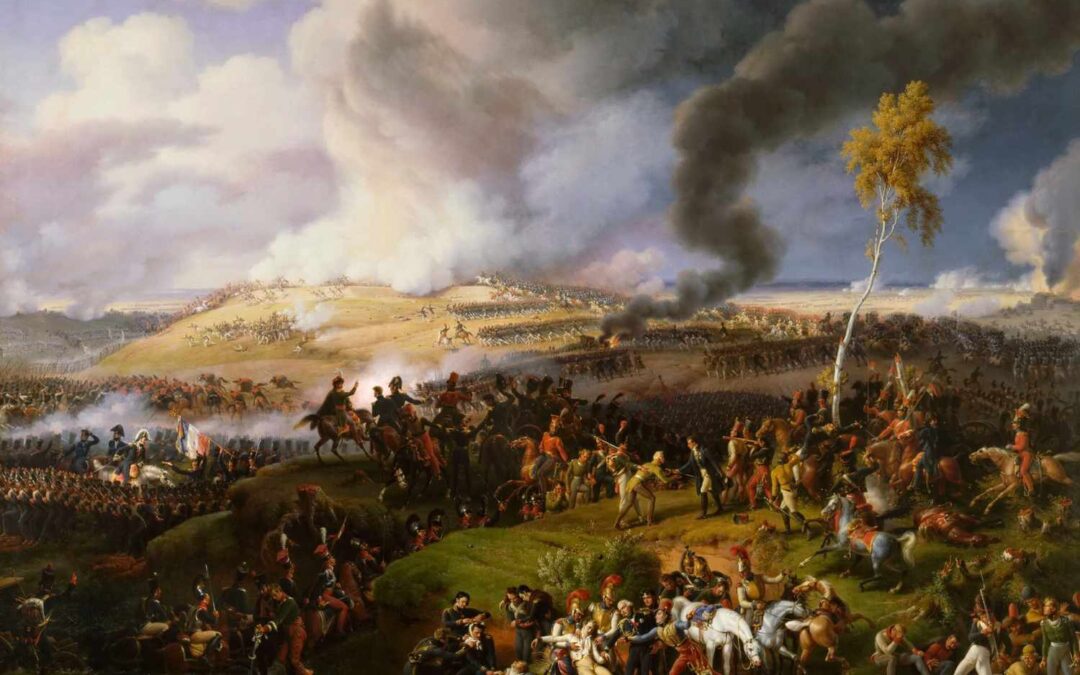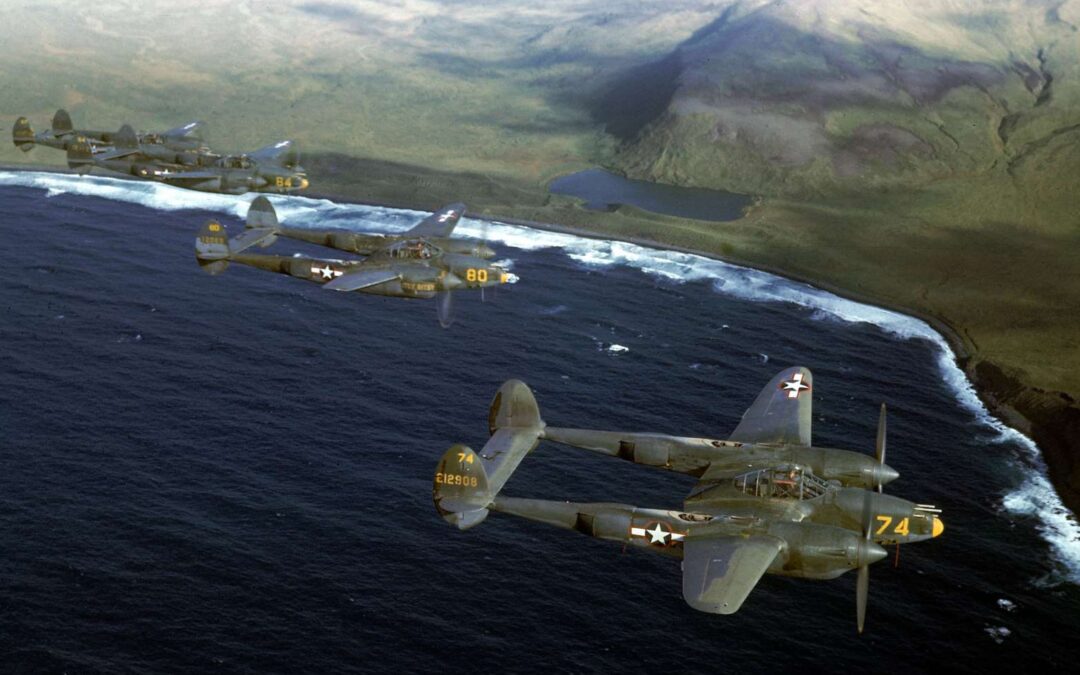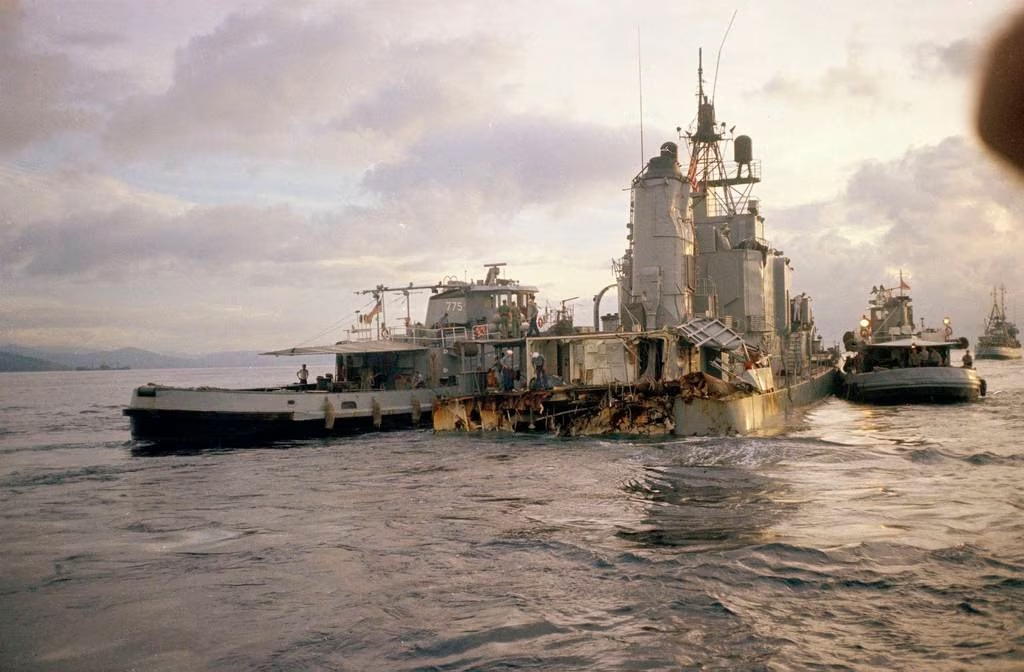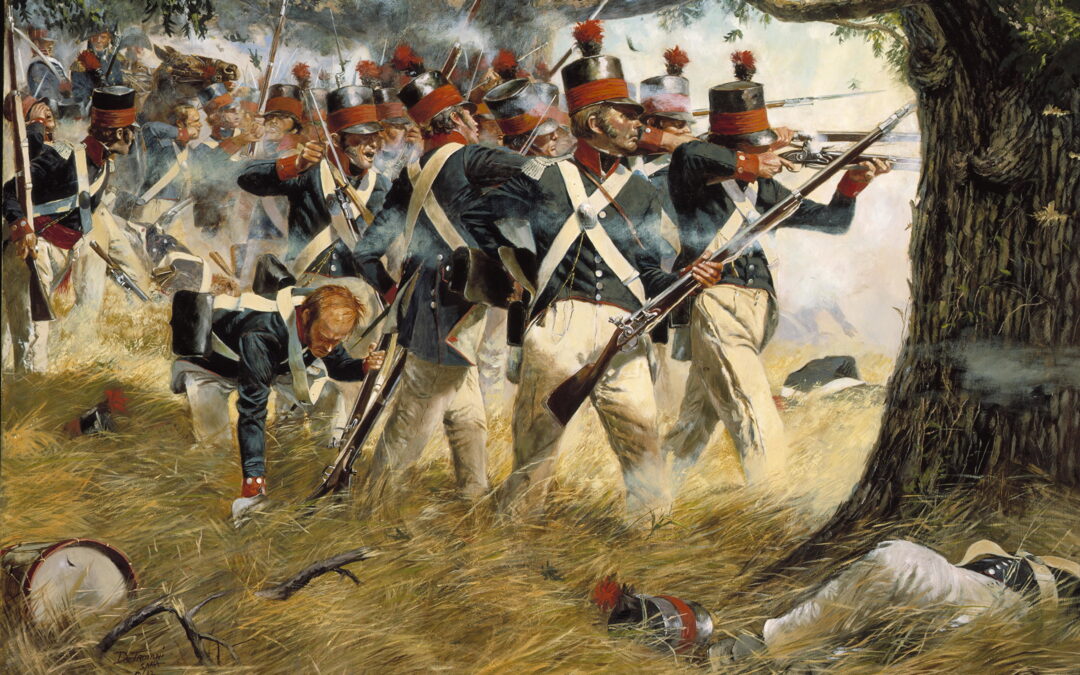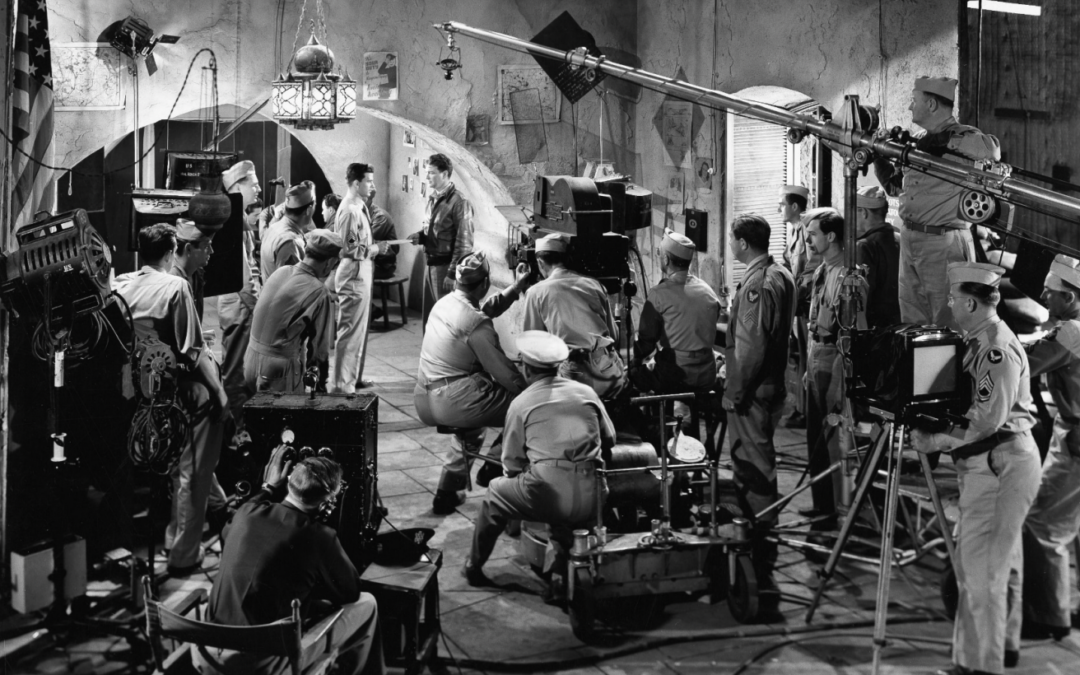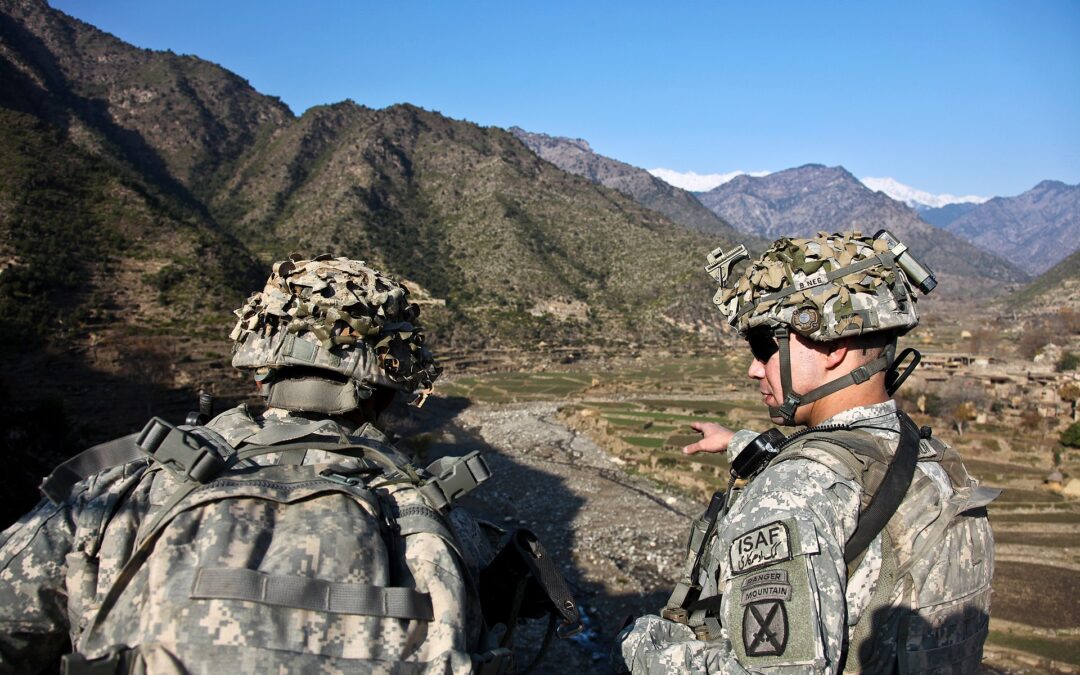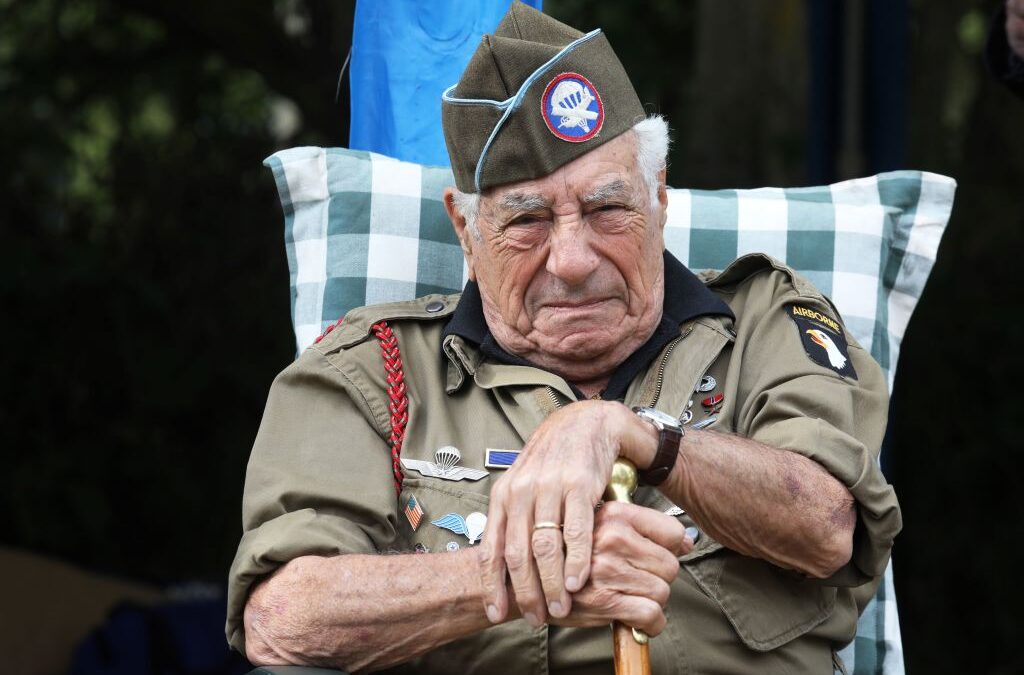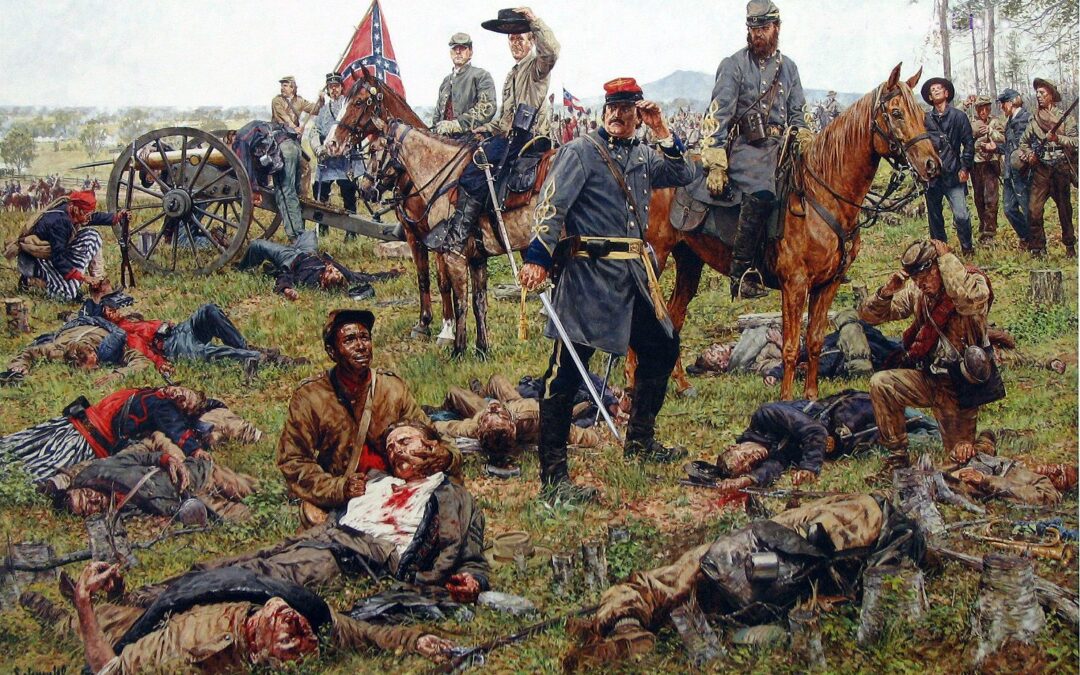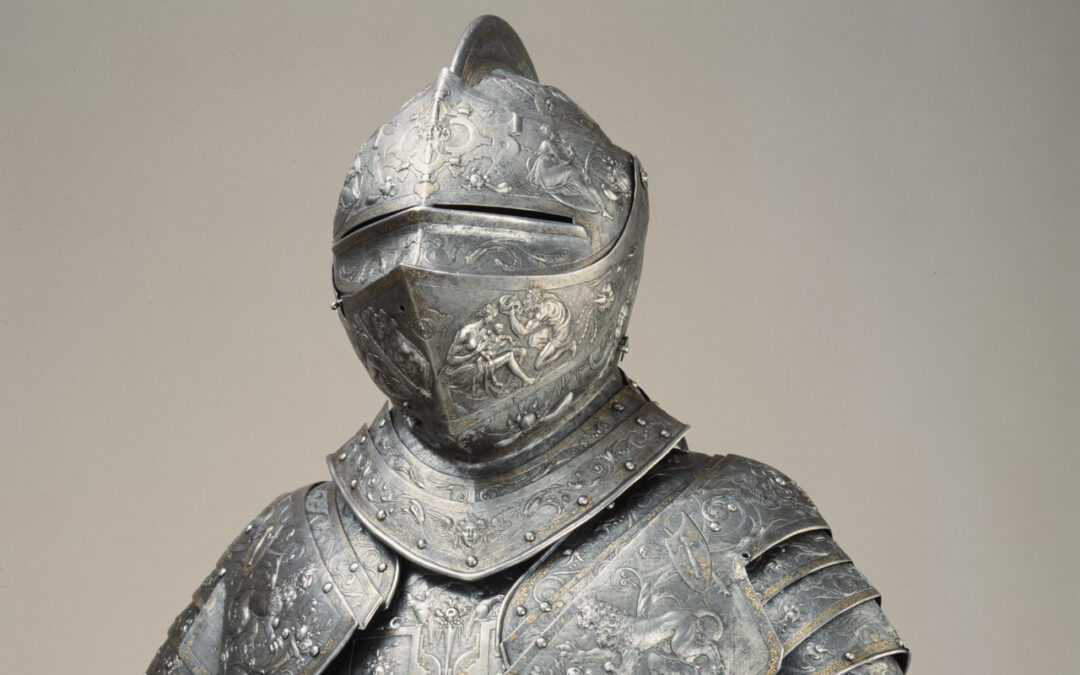At the end of almost every July 4th fireworks show, there's a grand finale. Many times, that finale of explosions is accompanied by a stirring rendition of Pyotr Ilyich Tchaikovsky's "1812 Overture." It seems a natural fit for independence day: a rousing theme that ends with a volley of cannon fire and chiming bells. The only problem is that the theme, though based on a war, has nothing to do with the United States and certainly nothing to do with the War of 1812. The only thing the U.S. has in common with the song is that Russia and the United States were both at war in 1812, though not with each other. The "1812 Overture" and Tchaikovsky's Tribute to Russia's Victory Tchaikovsky debuted what is probably his most famous work In Moscow in August 1882. The overture was meant to commemorate the 70th anniversary of Russia's victory over Napoleon's invasion in 1812. The French emperor invaded Russia at the head of more than half a million men. At Borodino, some 75 miles west of Moscow,...
